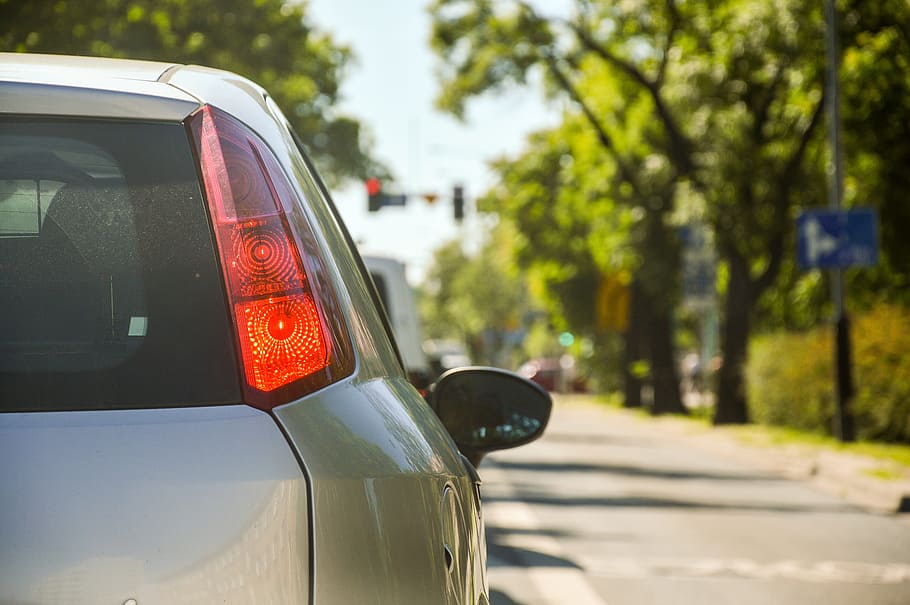Braking | Learning to Drive
| Driving Tips for New Drivers |
For many, learning to drive is a rite of passage, a step towards independence. However, it’s not just about steering and accelerating; understanding how to use brakes effectively is crucial for safe driving. This article delves into the intricacies of brakes and braking, offering insights for novice drivers.
This blog may contain affiliate links, and therefore if you make a purchase through these links, we subsequently may or may not earn a commission at no extra cost to you.
Understanding Your Brakes
Before you can master deceleration, it’s essential to understand the types of brakes in your vehicle:
Types of Brakes
Disc Brakes: Found in most modern vehicles, disc brakes consist of a brake disc, caliper, and brake pads. When the brake pedal is pressed, the calipers squeeze the pads against the disc, slowing the car.
Drum Brakes: Common in older models or rear wheels, drum brakes have brake shoes that press outwards into a drum, causing the vehicle to slow down.
Brake Systems
Anti-lock Braking System (ABS): ABS prevents the wheels from locking up during hard braking, maintaining traction and control. It’s a vital safety feature that allows you to steer while braking heavily.
The Art of Braking
Deceleration isn’t just about stopping; it’s about controlling your vehicle effectively and safely. Here are key aspects to master:
Gradual
Gradual braking is key to safe driving. It involves gently applying pressure to the brake pedal, allowing for a smoother stop. Try to “squeeze” the brake pedal, and avoid “pushing” aburbtly. This technique is crucial in maintaining control, especially on slippery roads.
Threshold
This advanced technique involves applying the maximum amount of pressure on the brake pedal without triggering the ABS. It’s used to achieve the shortest stopping distance while maintaining control.
Engine
Engine braking involves downshifting to slow the vehicle without using the brakes. It’s useful for controlling speed on downhill stretches and can prolong brake life. This techinque is usually done in manual transmission cars, stick shift.
Brake and Steering Coordination
In situations requiring abrupt direction changes, coordinating your deceleration with steering is vital. With ABS, you can brake while steering to avoid obstacles.
Common Braking Mistakes
Over-reliance on ABS: ABS is a safety feature, not a substitute for good deceleration practices.
Braking too hard: This can lead to skidding, especially on wet or icy roads.
Not braking in time: Anticipating stops and deceleration early helps avoid abrupt and unsafe stops.
Practice Makes Perfect
Like any driving skill, mastering braking takes practice:
Start in a safe area: Practice deceleration techniques in an empty parking lot or a quiet street.
Simulate different conditions: Try braking on wet and dry surfaces to understand how your vehicle reacts.
Get professional instruction: A driving instructor can provide valuable feedback and tips.
Learning to Drive
Understanding and mastering the art of braking is a crucial part of learning to drive. By familiarizing yourself with your vehicle’s braking system and practicing various techniques, you can enhance your driving skills and ensure a safer driving experience. Remember, good deceleration isn’t just about stopping your vehicle; it’s about maintaining control and making informed decisions on the road.
Drive with Confidence!
Keep up with all the latest driving news. Expolre our blog packed with essential tips and expert advice on all things related to DRIVING!




